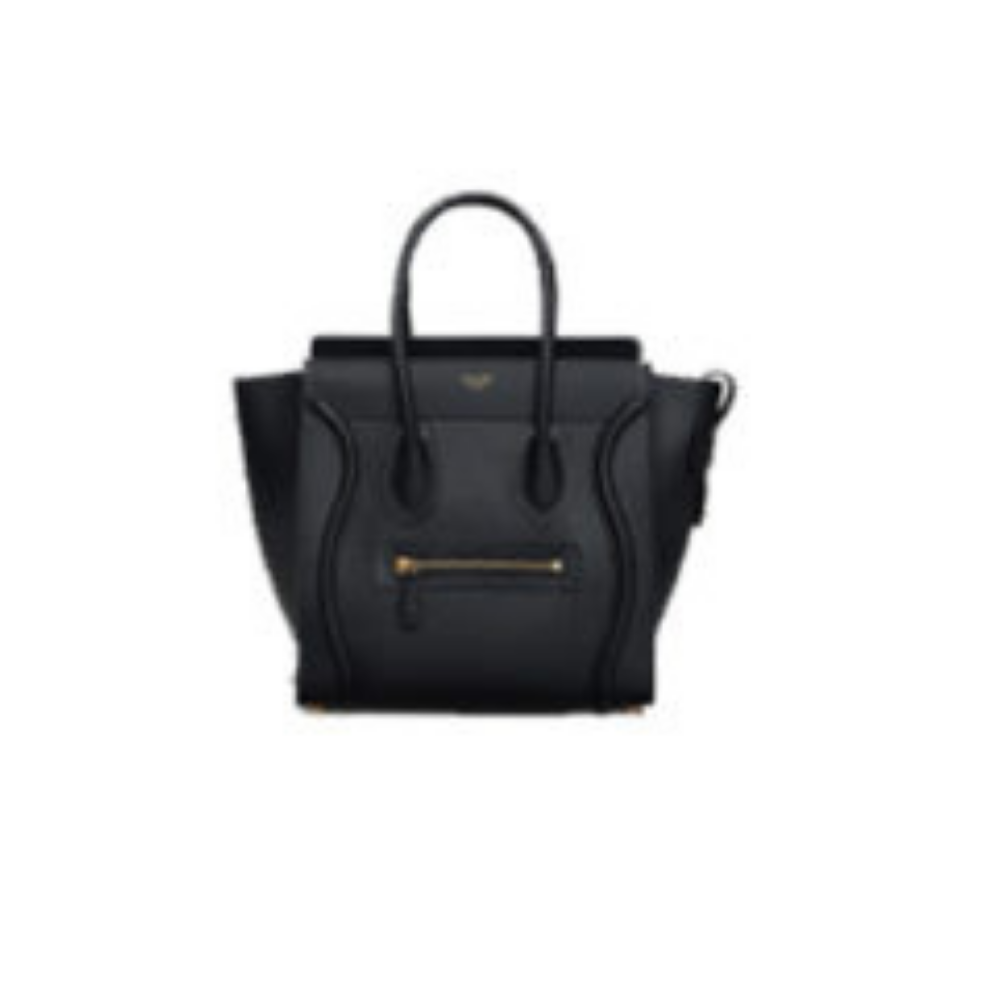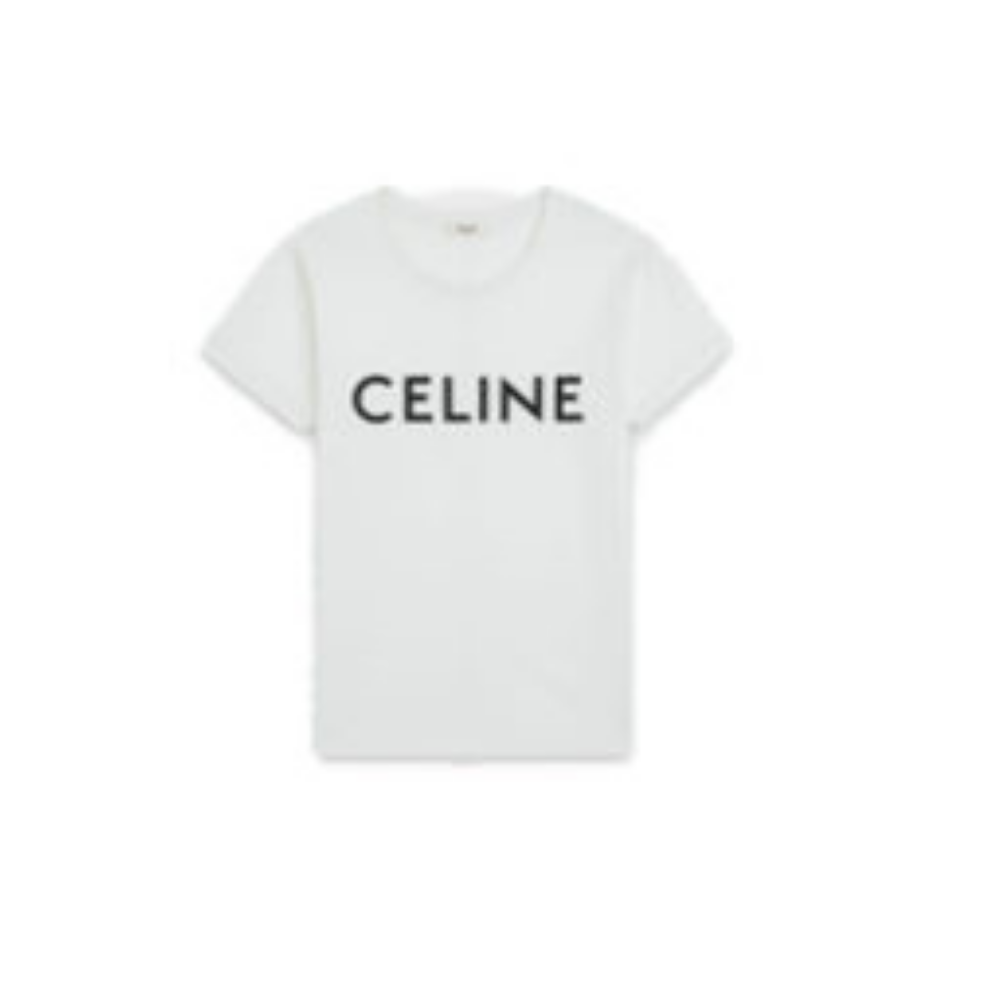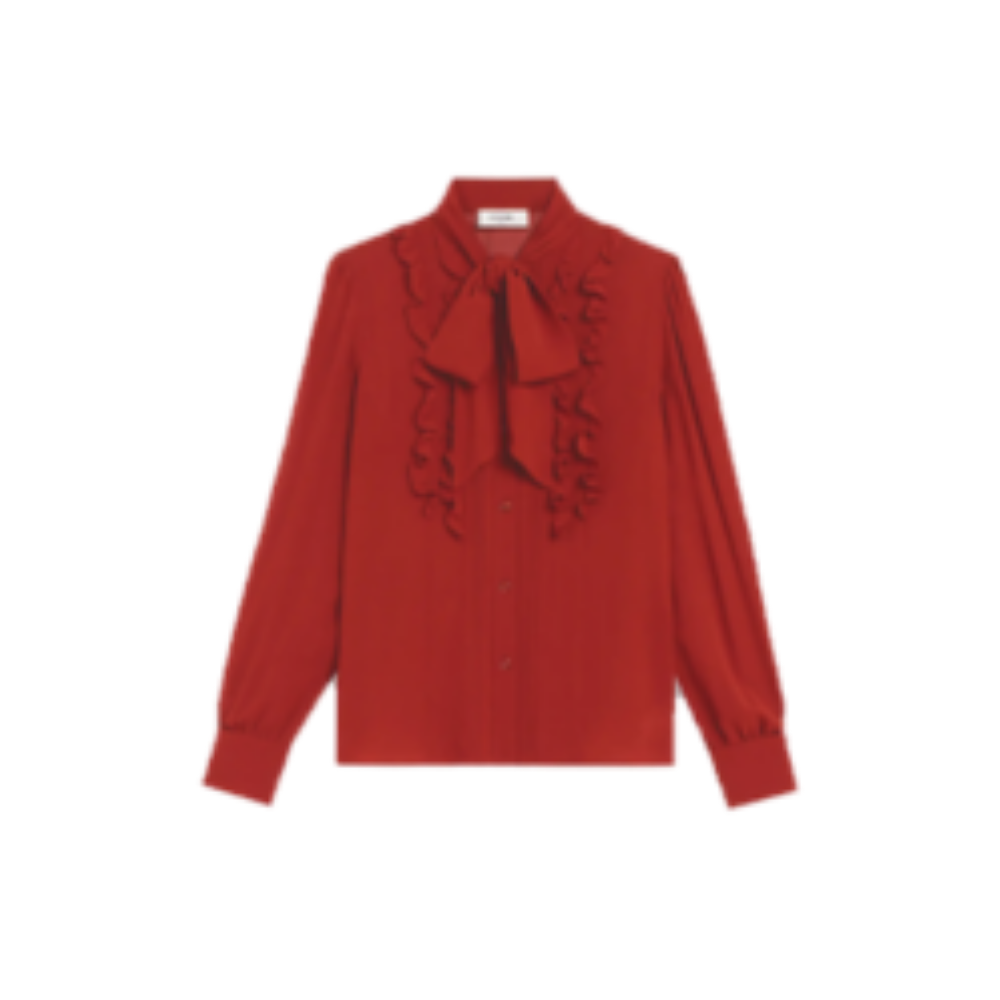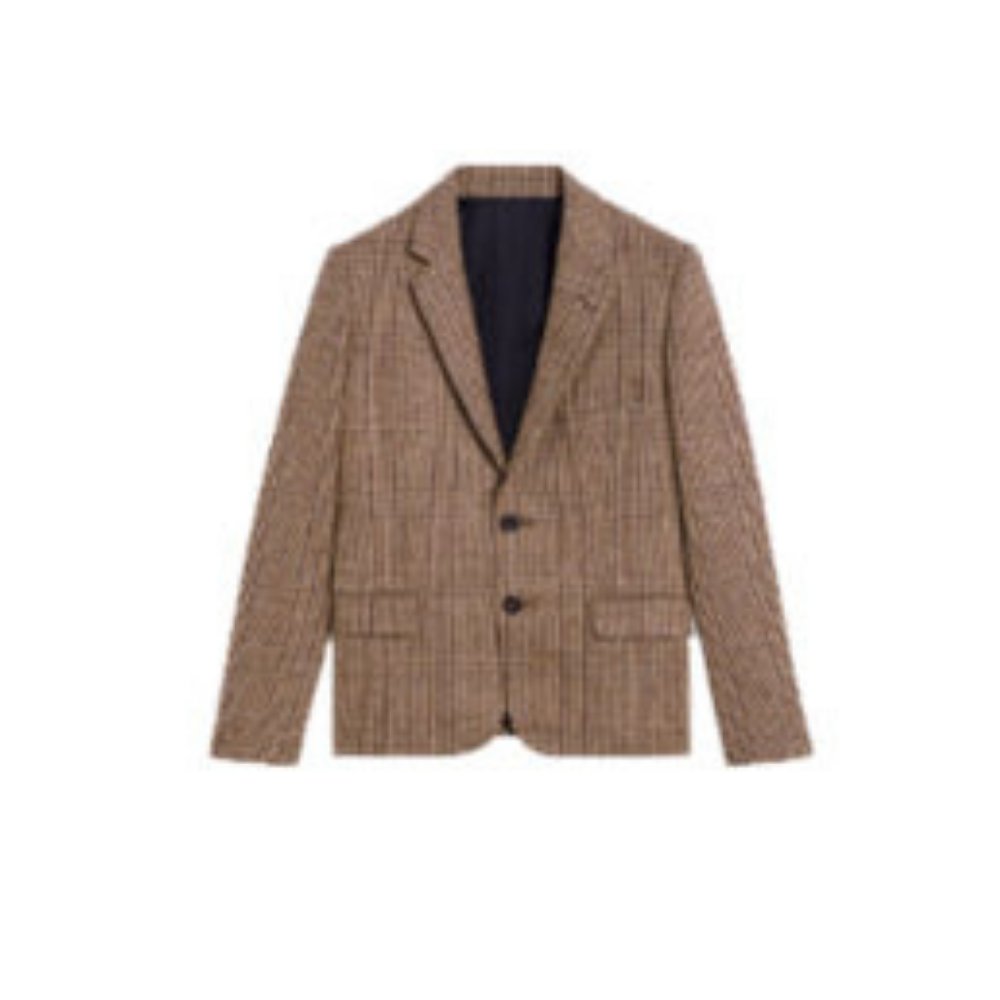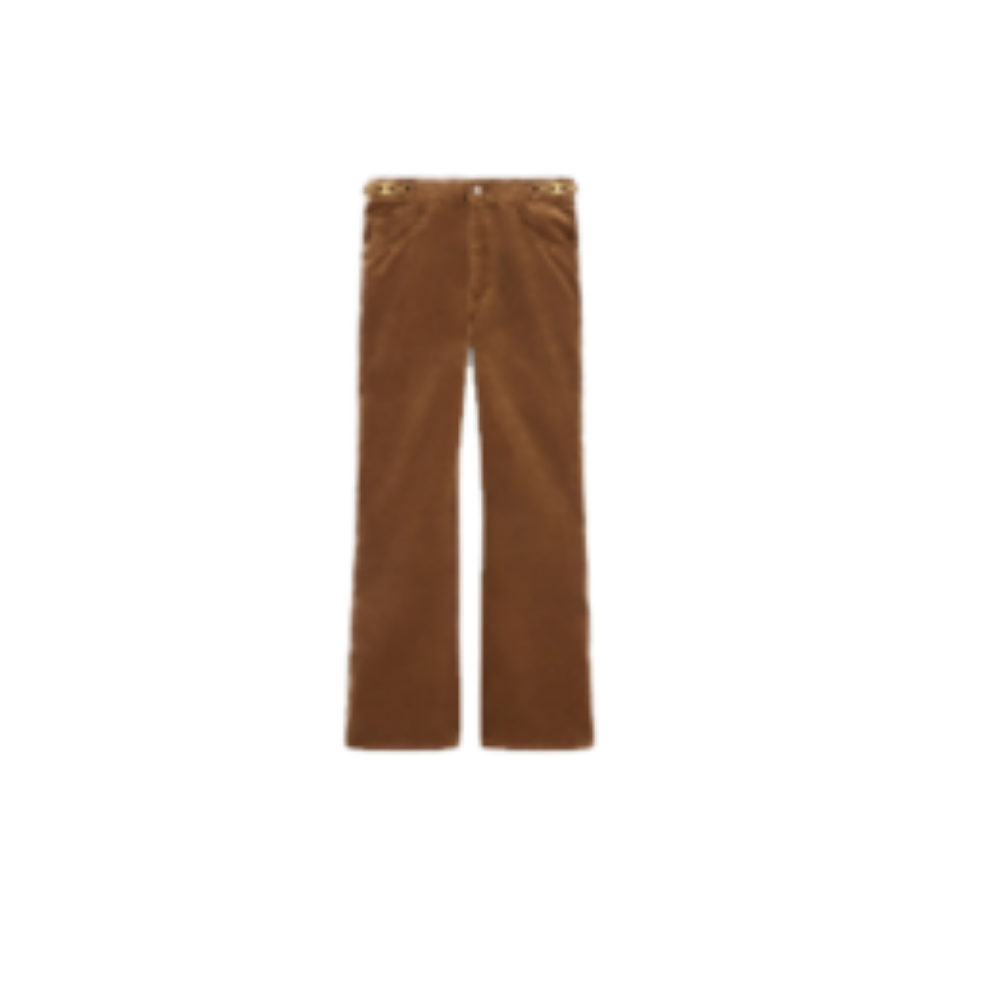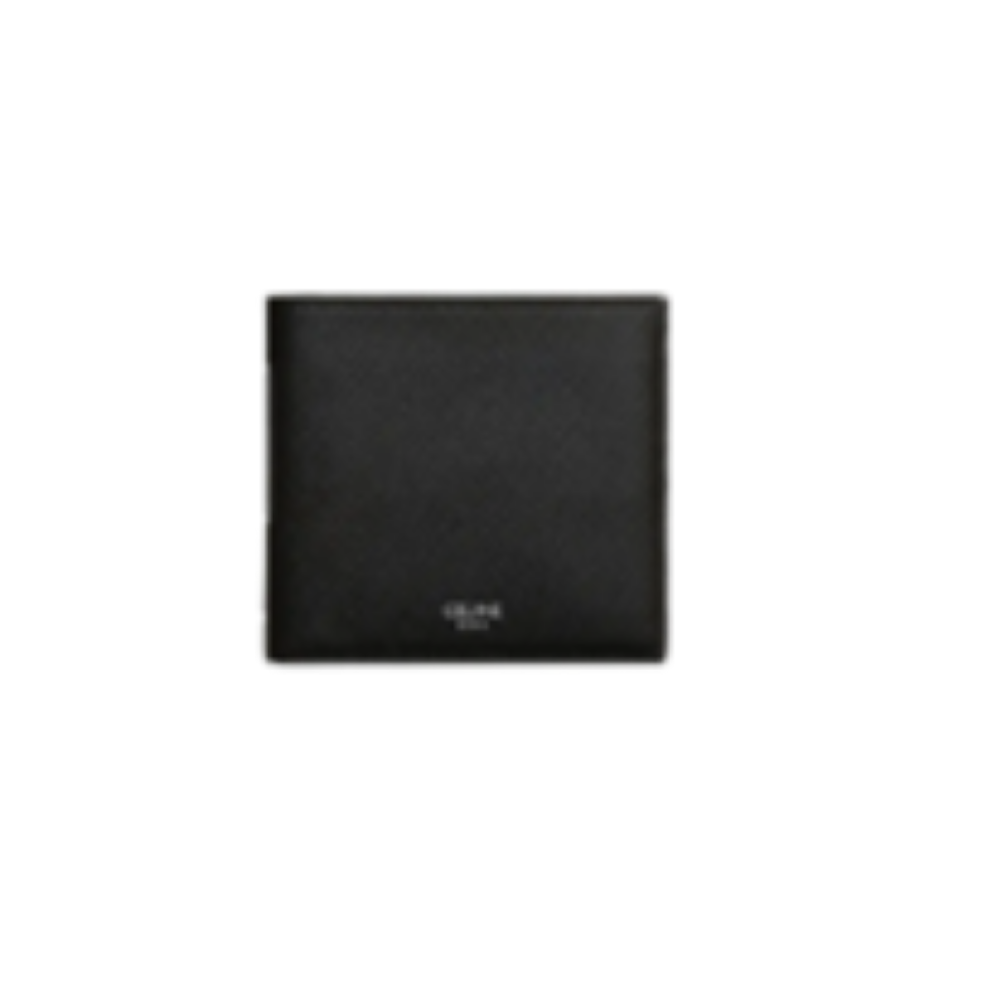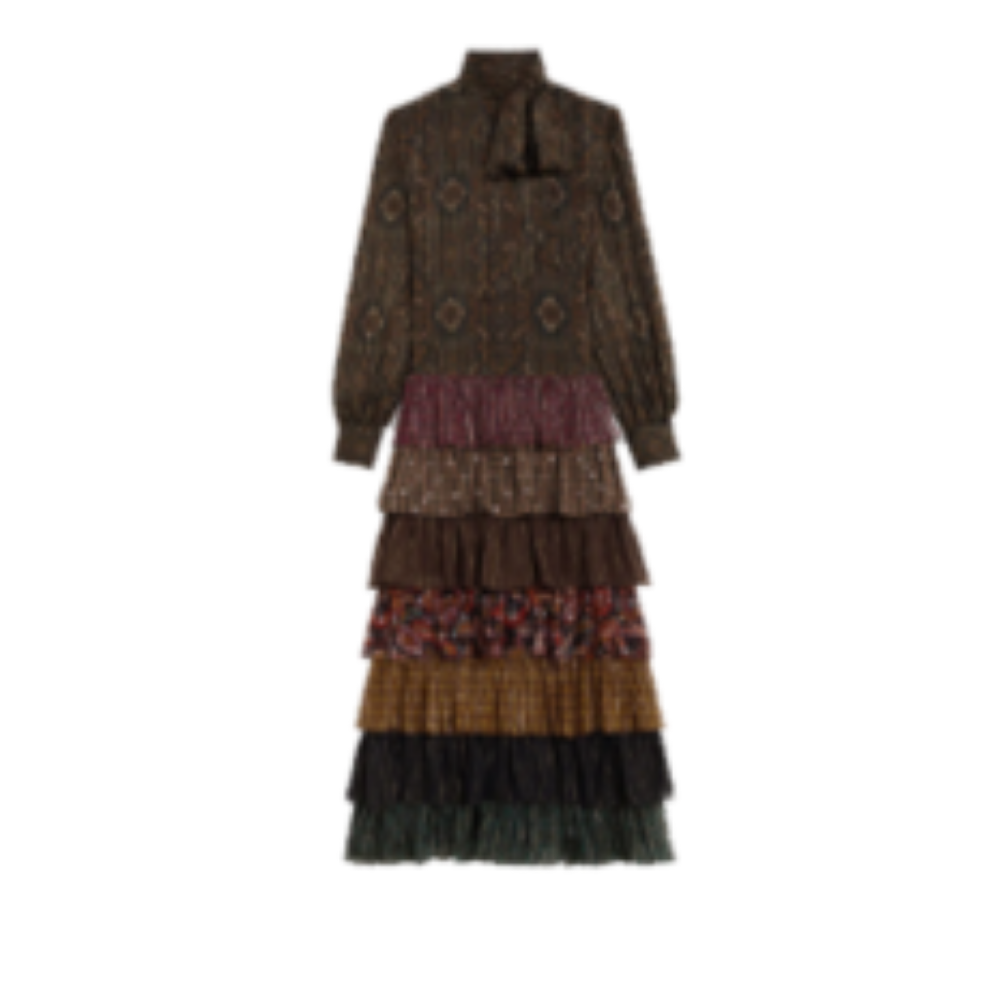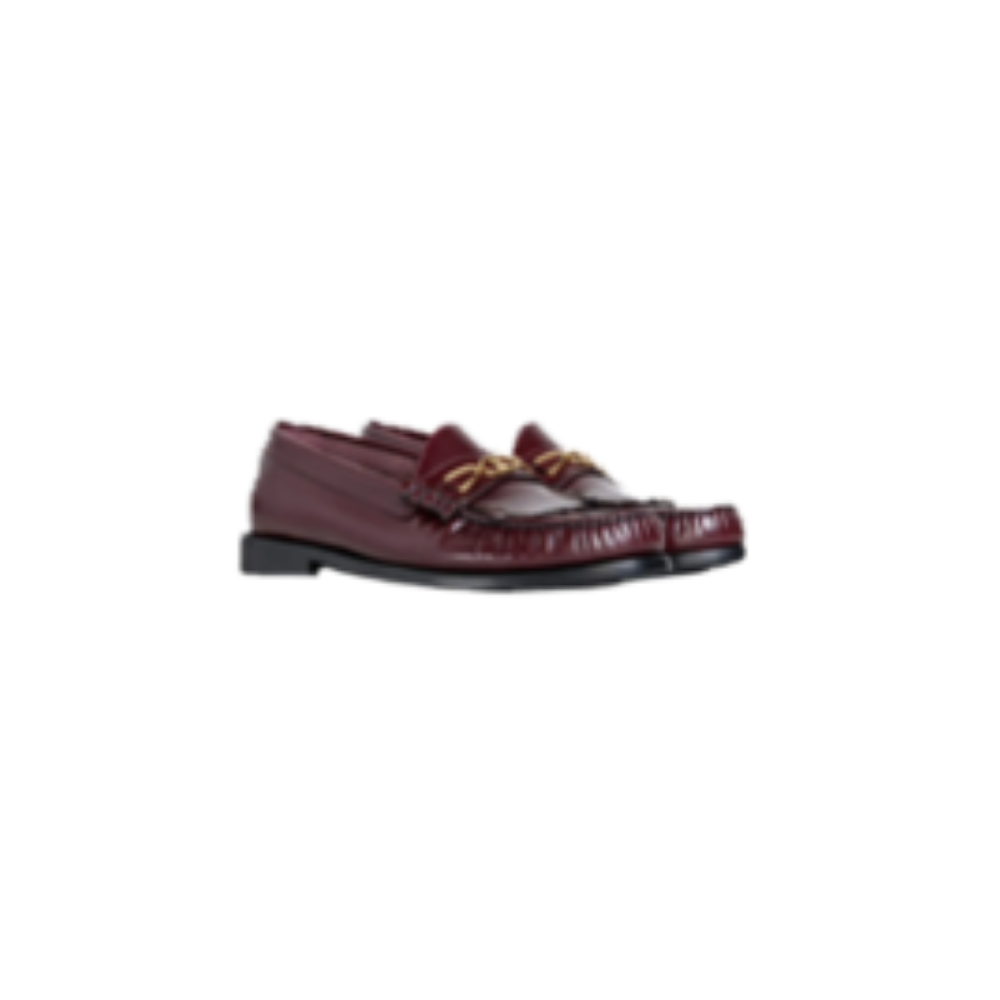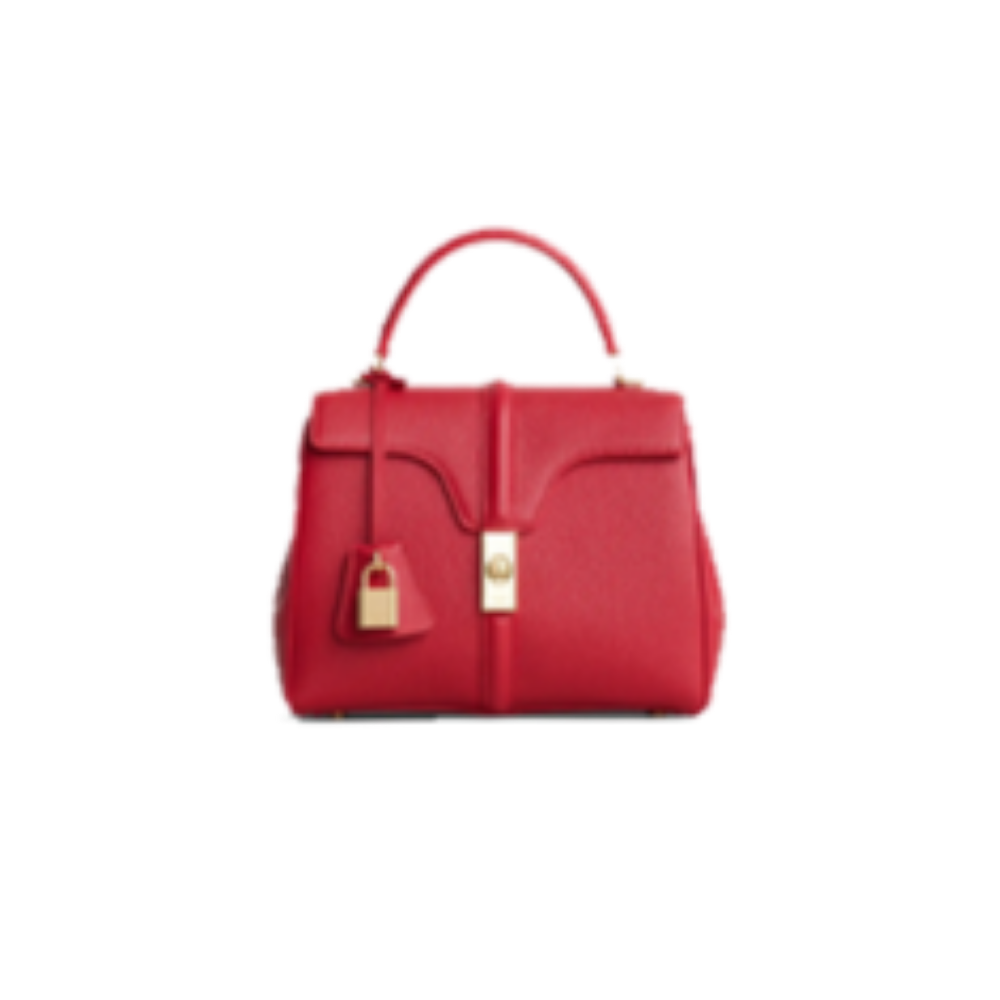Probably one of the most renowned and distinguished contemporary Houses, Céline, (be careful, this time with the accent, but I’ll tell you about it a little later), was not really predestined for this international aura.
As France was just emerging from the Second World War, Céline and Richard Vipiana took a more than risky gamble: to create luxury shoes for the children of the Parisian bourgeoisie. Comfortably installed at 52, rue Malte, the boutique concocts the made-to-measure shoes under the emblem of a red elephant, signed by the pen of comic artist Raymond Peynet. And it’s a hit! The first little customers of the House of Celine, and their parents of course, were so delighted with their “haute couture” shoes that the brand experienced a pharamous boom. Within a few years, three new locations open their doors in the capital. This story could surely have continued in the course of the success story. But if today we know the House for its expertise in ready-to-wear, it is because in the 1960s Celine decided to take a resolutely more fashionable turn.
Expanding its collections, it introduces leather goods and accessories such as gloves, bags, hats and moccasins. And let’s talk about moccasins. Inspired by Indian slippers, the designer imagines the Polo model, both elegant and comfortable, which immediately seduces city women of all generations with its sophistication. The Polo became the brand’s emblem, and was also available in other variations, such as the Inca, Byblos and Melville. All of them will be a real success! And to leave a delicate and bewitching mist behind her, Celine makes her first fragrance. With its Stendhalian-colored packaging, the “Crazy Wind” turns the heads of Parisians with its notes of gummy ferrule, rose and jasmine.
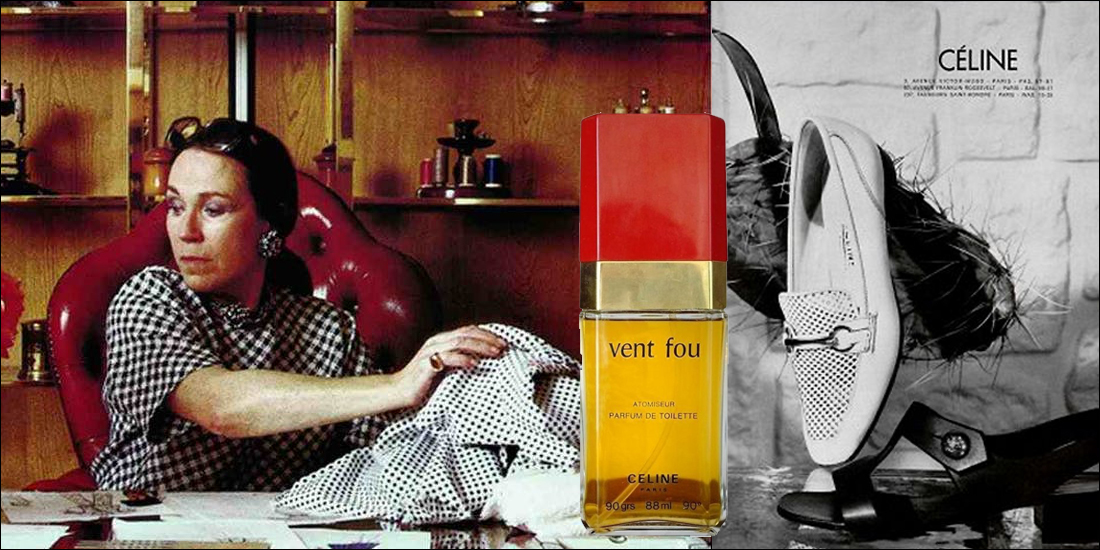
But Madame Vipiana’s adventurous nature eventually pushed her onto even more slippery ground in 1967, with the ready-to-wear Céline. At that time, few women dressed at their leather goods store, but it took much more to discourage the genius entrepreneur. She took up the challenge of becoming a seamstress… and why not? Composed of practical pieces for a modern and active woman, the first collection “Couture Sportswear” is quickly born. A fervent defender of Parisian casual chic, the designer revisited the style of that era, presenting her knitted blouses, culottes skirts and blue jeans, no longer really blue. Classic cuts combined with pastel colors had a ripple effect on Paris and far beyond its walls. The brand opened boutiques in Switzerland, Monaco, China and Canada, with nearly 80 stores around the world. This grandiose expansion did not remain invisible in France and Bernard Arnault looks at the brand. After discussions with Céline Vipiana, the House was acquired by the LVMH group in 1987, with the designer remaining at the helm until her death ten years later.

Celine after Céline
Since the 2000s, Céline has evolved with the sometimes minimalist, sometimes rebellious, sometimes avant-garde tastes of her artistic directors. When the founder left, doubts about the survival of the House hovered in the industry. Then came a certain Michael Kors. Although today this name is a direct reference to the eponymous brand, at the time this young New York designer still had to seduce the capricious clientele. In keeping with the House’s DNA, he perpetuated the chic and casual style of the brand, adding a few emblematic pieces, such as the Boogie and Poulbot it bags. The Céline woman must have a practical and elegant handbag that reflects her style of dress, right? When the American started, two fashion stars succeeded her, Roberto Menichetti in 2004, then Ivana Omazic the following year, but their collaborations with the House were short-lived. The brand began to run out of steam, losing its essence. But then comes the woman capable of rekindling the flame of her lost love. The Céline-Phoebe Philo duo is a more than successful marriage for nearly 10 years. The British woman goes back to the rudiments of the label, returns to the origin of the timeless tone set by its founder. While the elegant and minimalist wardrobe is back in vogue at fashionweeks, she offers an articulated vision of contemporary, urban and everyday chic.
The English designer’s straight lines, masterful color and casual silhouettes are seductive, while her flagship it bags are making a hurricane effect on the industry. Launched in 2010, the Luggage with its imposing ends is so universal that the house offers it in all sizes, materials and colors! In the same spirit, the trapezoid Phantom is born! But the public hadn’t seen anything yet! Two years ago, a new phenomenon in the name of Hedi Slimane, joined forces with Celine, pardon Celine (I explain it to you in a few sentences). With him, the Celine woman becomes more rebellious, more rock, more fatal and above all accompanied! The line for men is quickly launched by the artistic director. Moreover he even played his card of extravagance, reconciling the masculine and feminine in his unisex collection autumn-winter 2020-2021. The idea behind all this is simply to be able to draw from the same wardrobe, the elements of which go equally well for women and men. Innovative and completely offbeat, right?
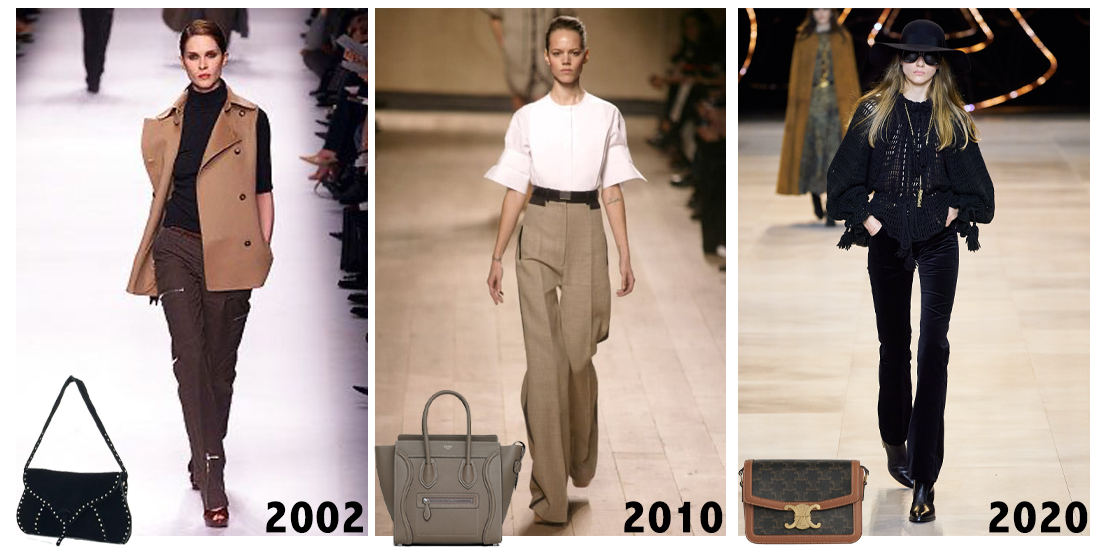
The history of the double C
Céline Vipiana regularly drew her inspiration from the street. So it’s not surprising that the logo of the label, a C-cup, was initially an element of architectural decoration. And not just any logo! While her car broke down on Place de l’Étoile, the designer paid attention to the decorative chains of the Arc de Triomphe. The coquettish C’s intertwined in the links caught her eye so much that she decided to make it her emblem in 1973. Almost half a century later, the brand underwent another change in its symbolism with the arrival of Hedi Slimane. Known for transforming Christian Dior Monsieur into Dior Homme and removing the Yves from Yves Saint Laurent, he also revisited Céline, banishing the acute accent.
So here is Celine, the new era has begun!

